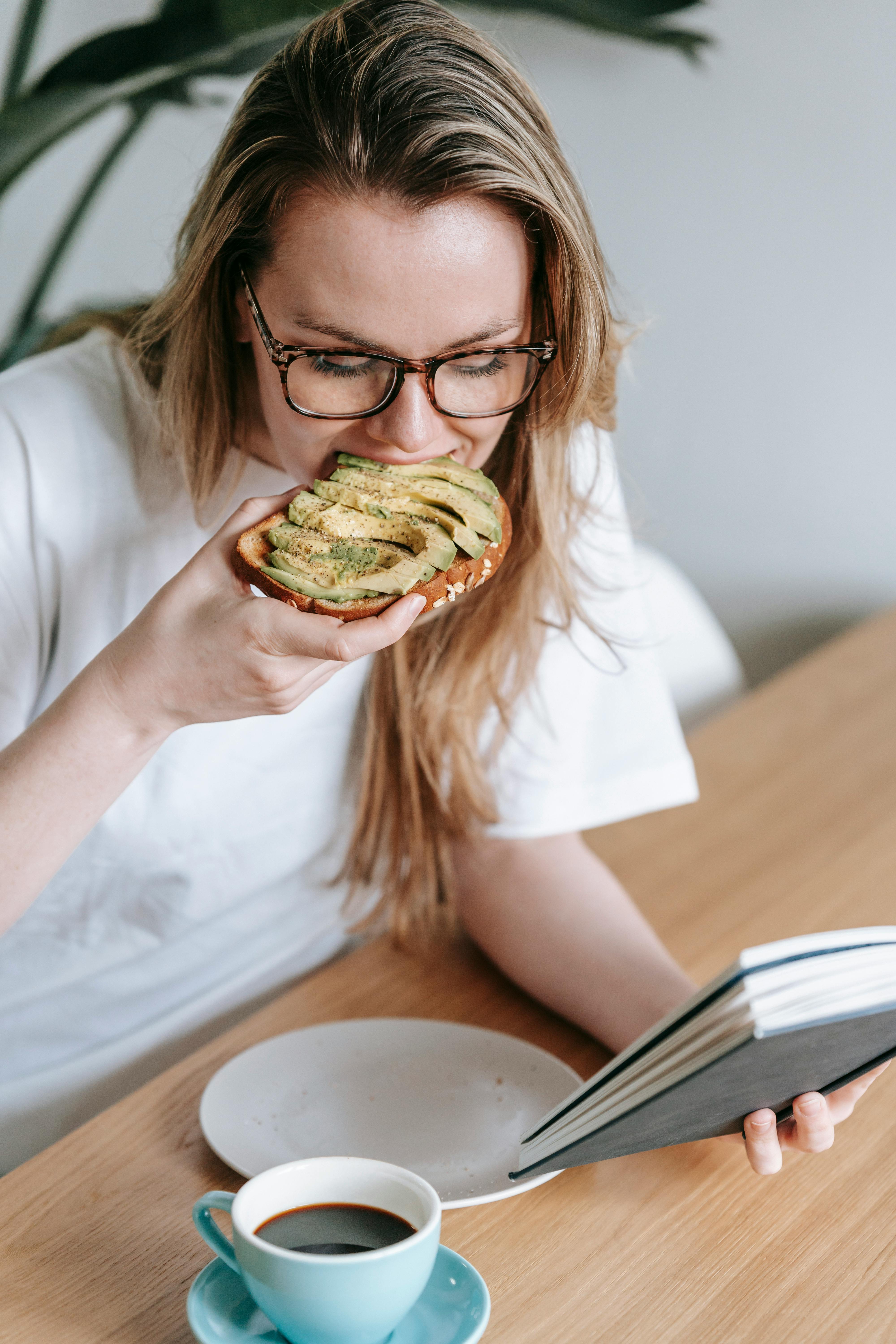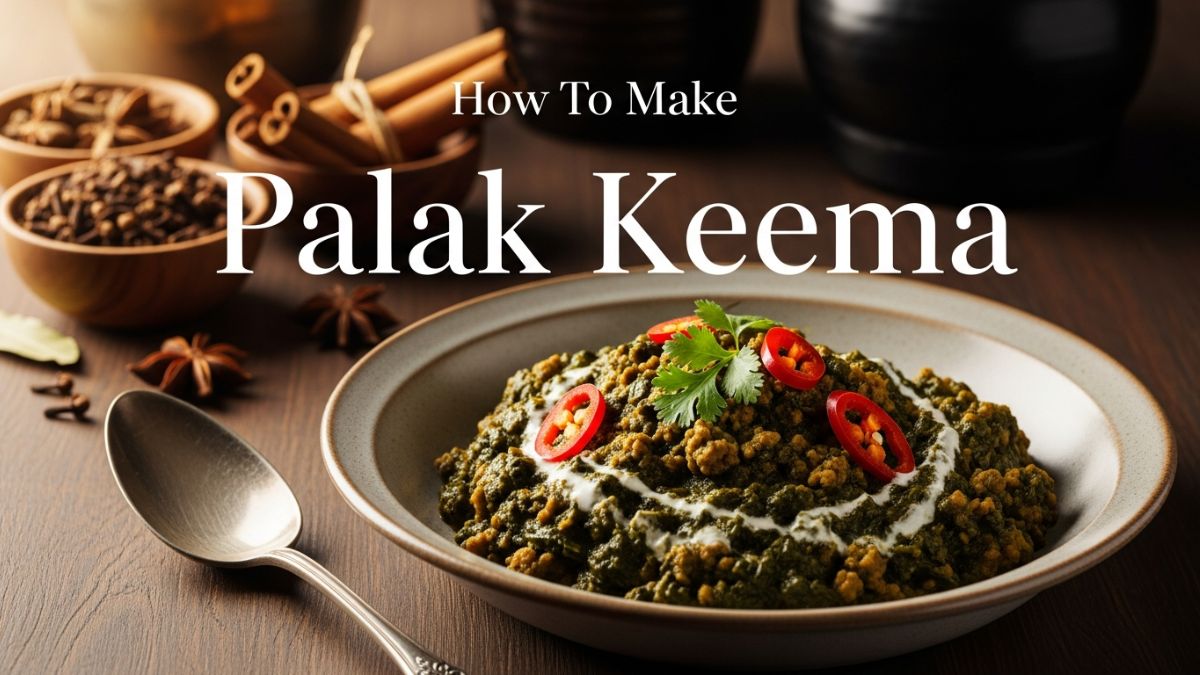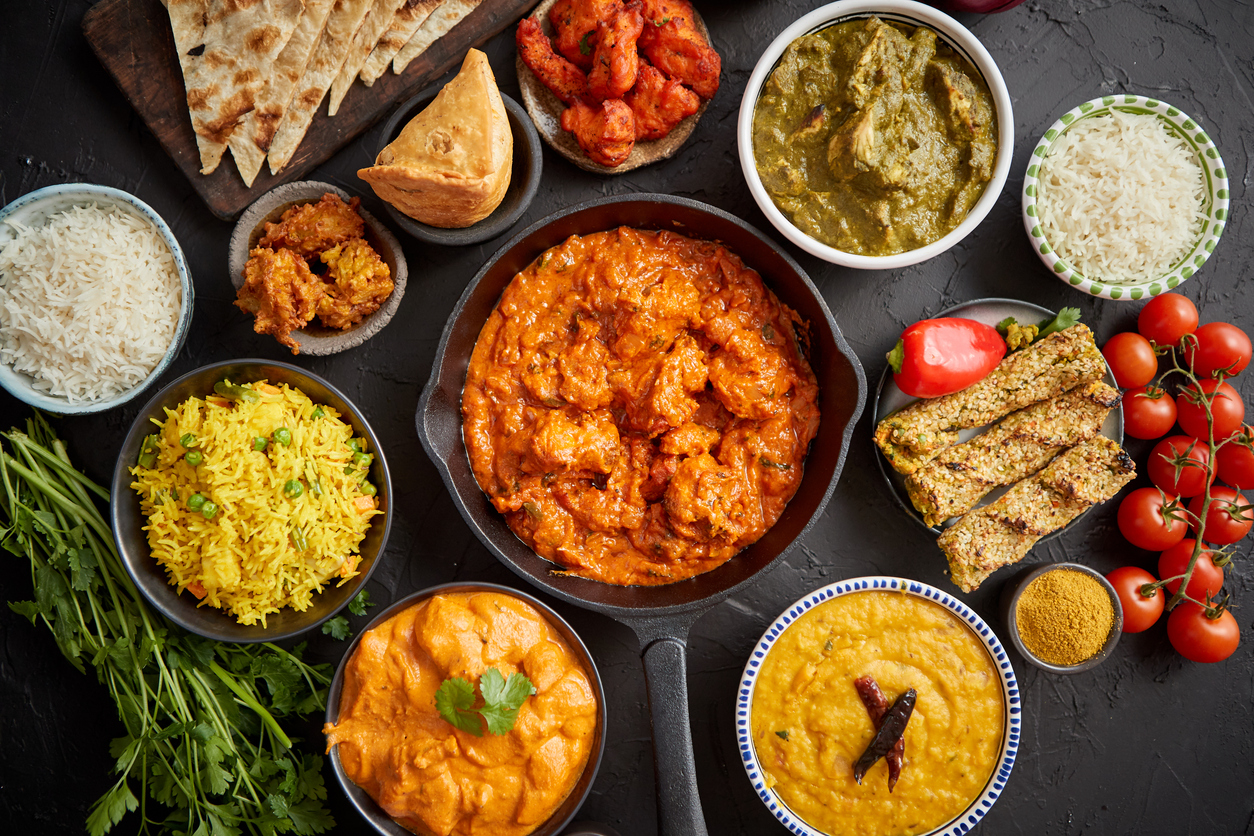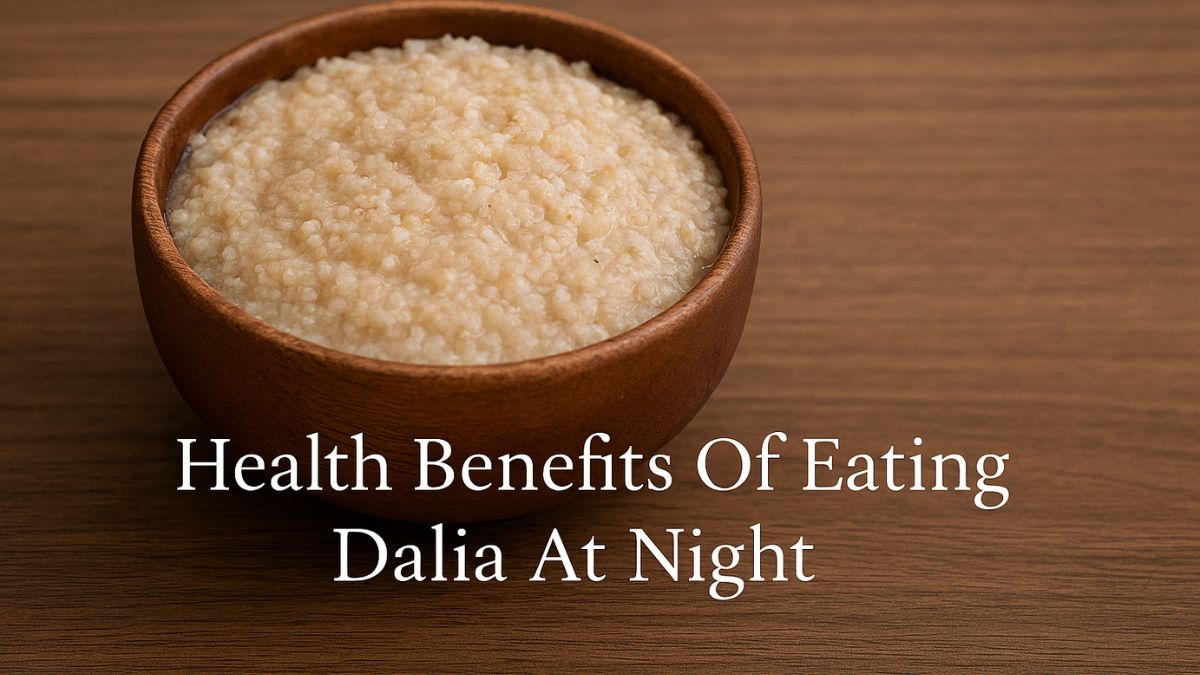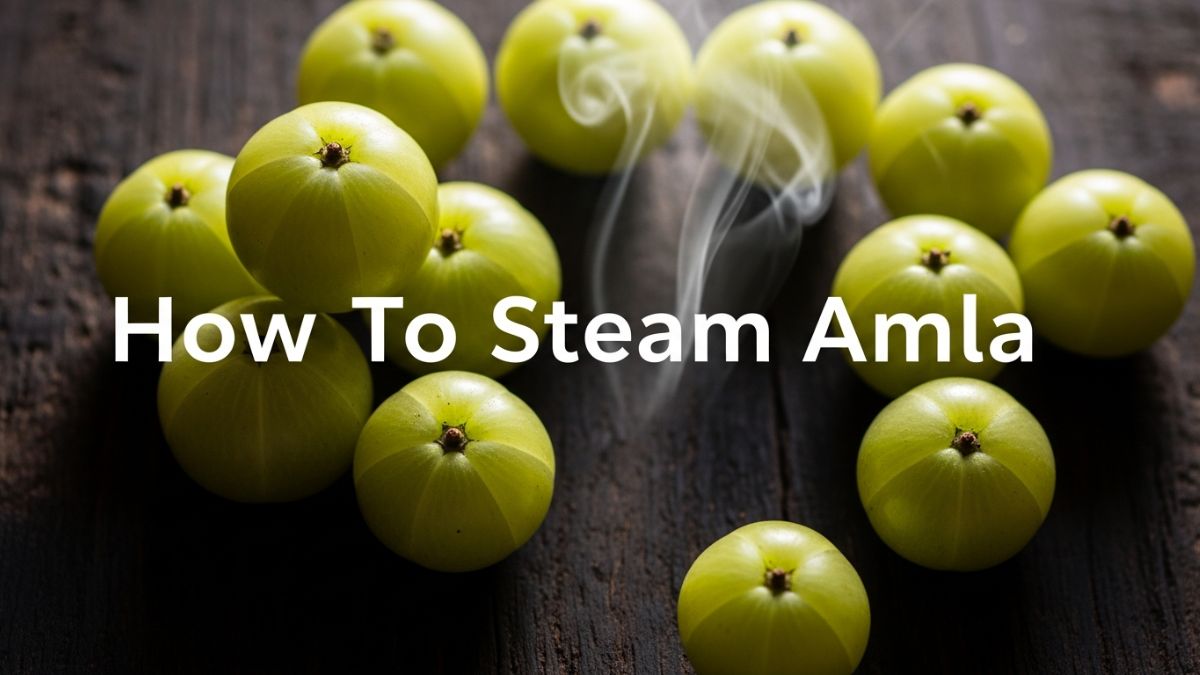It takes around 75,000 flowers to produce only a few hundred grams of saffron. No wonder it is often called red gold. And if you have ever spent money on it, you know the pleasure of watching a few crimson threads light up your biryani, your kheer, and your mood. But here is the truth: not all that looks rich and red is the real thing. For something this valuable, it is surprising how easily people end up buying fakes. From glossy lookalikes to dyed corn silk, imitation saffron is everywhere. Without the right knowledge, it is surprisingly easy to be fooled.
The good news is that you do not need any scientific tools or lab testing to tell the difference. With a few simple checks and a bit of attention, you can identify genuine saffron like an expert.
Also Read: Can You Have Saffron or Kesar In Summers? Here's The Answer
Why The Purity Of Saffron Matters?
When saffron is genuine, it is not just a spice. It brings wellness benefits too. The tiny crimson strands are rich in antioxidants and bioactive compounds that do more than colour your food.
Real saffron can:
- lift your mood
- calm anxiety
- sharpen memory and focus
- support digestion
- balance hormones
- protect your cells from damage
Fake saffron does not offer these health benefits. In fact, it may contain synthetic dyes or chemicals. If you are using saffron for wellbeing, purity matters for every reason.
Also Read: 5 Ways You Can Use Saffron To Build Immunity, Fight Cold And Cough In Winter
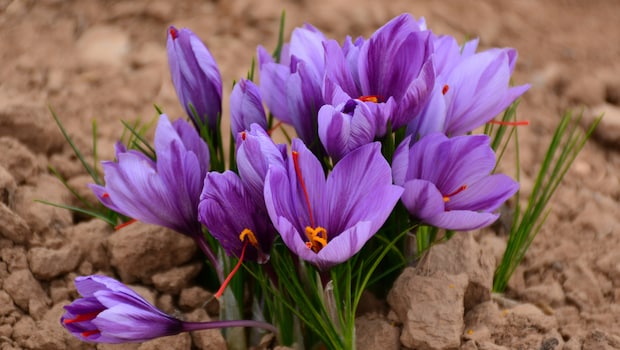
How To Check Saffron Purity: 7 Trusted Tests
1. The Water Test
This is one of the most reliable ways to check purity. Drop a few strands into warm water or milk and let them sit for 10 to 15 minutes.
- Real saffron releases a golden yellow hue slowly.
- Fake saffron bleeds a strong red colour immediately, like food dye.
Genuine saffron will hold its deep red tone even after soaking, while fakes often turn pale or whitish. This happens because of crocin, the natural pigment that gives saffron its classic golden colour.
2. The Rub Test
Gently rub one strand between your fingers. Real saffron leaves a faint yellow tint on the skin. Fake saffron may leave a red stain or no colour at all.
"Crocin, the pigment in saffron, gives that natural yellow hue. It is, in fact, the surest sign that the colour is real and not painted on," says Dr Sameer Bhat, a Kashmiri agronomist who works closely with saffron farmers.
3. The Smell Test
Aroma is one of the clearest identifiers. Bring the strands closer and inhale. Real saffron has a strong earthy fragrance with honey and hay-like notes. Fake saffron may smell chemical, artificial, or have no scent at all.
Safranal, a compound unique to genuine saffron, gives it that unmistakable aroma. "It is the soul of saffron. If it smells sweet like syrup, it is not real," says spice expert Anish Mehta.
4. The Taste Test
If you are still unsure, taste a single strand. Real saffron tastes slightly bitter and earthy. Fake saffron may be sweet or bland, a sign that it has been soaked in sugar or dye. Saffron is a potent spice. A few strands are enough to enhance both aroma and flavour.
5. The Appearance Test
Look closely at the strands under proper light. Real saffron is trumpet shaped: slightly thicker at one end and narrowing into a lighter yellow tail. Fake saffron often appears flat, cut uniformly, or too perfect.
If every piece looks exactly the same, chances are it is artificial. Genuine saffron always shows small natural variations.
6. The Paper Test
Place a few strands on a damp paper towel and press gently. Real saffron will not leave a stain. Fake saffron usually leaves orange or red marks from added colouring. It is a quick and simple way to expose synthetic dyes.
7. The Flame Test
Only try this with caution. Hold a strand near a small flame. Real saffron does not burn easily and smells like burnt hay. Fake saffron burns quickly and gives off a plastic-like smell. This difference makes it easy to judge authenticity.
Also Read: Premenstrual Syndrome: Use Saffron To Prevent Menstrual Cramps During Periods
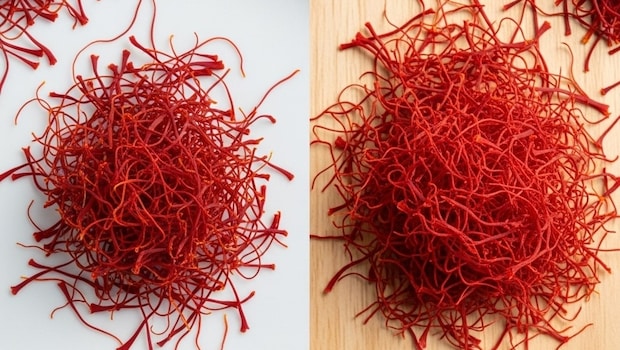
How To Buy Authentic Saffron?
Pure saffron is expensive for valid reasons. Each Crocus sativus flower produces only three red stigmas, and it takes about 75,000 flowers to yield roughly 450 grams of dried saffron.
Keep the following in mind while buying:
- Look for a GI tag such as Kashmiri Mongra or Iranian Sargol
- Check for ISO 3632 or lab-certified purity testing
- Choose reputed sources with transparent supply
- Buy whole strands instead of powder because powder is easier to adulterate
- Watch pricing. Unrealistically low cost usually means it is fake
How To Store Saffron Properly?
Even genuine saffron can lose strength if stored poorly.
- Keep it in an airtight box away from moisture and light
- Store in a cool dark space, not in the fridge
- Use within 6 to 12 months for ideal colour and aroma
Common Saffron Myths:
Myth 1: All red strands are pure saffron.
Truth: Colour alone never proves authenticity. Many fakes are dyed.
Myth 2: Powdered saffron is better.
Truth: Powder is easier to adulterate. Whole strands are safer to buy.
Myth 3: Saffron should smell sweet.
Truth: Real saffron smells earthy, honeyed, and slightly medicinal. It never has a sugary scent.
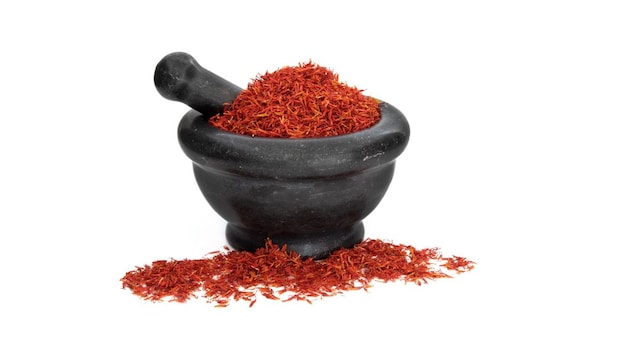
Photo Credit: iStock
Final Word:
Saffron is more than a luxury ingredient. It reflects tradition, handwork, and careful harvesting. You do not need specialised training to tell real from fake, you just need to trust your senses.
With patience and these simple checks, you will immediately recognise what genuine saffron looks, smells, and feels like. And once you have the real threads in your kitchen, every dish will show you exactly why saffron remains the most valued spice in the world.
About Somdatta SahaExplorer- this is what Somdatta likes to call herself. Be it in terms of food, people or places, all she craves for is to know the unknown. A simple aglio olio pasta or daal-chawal and a good movie can make her day.

